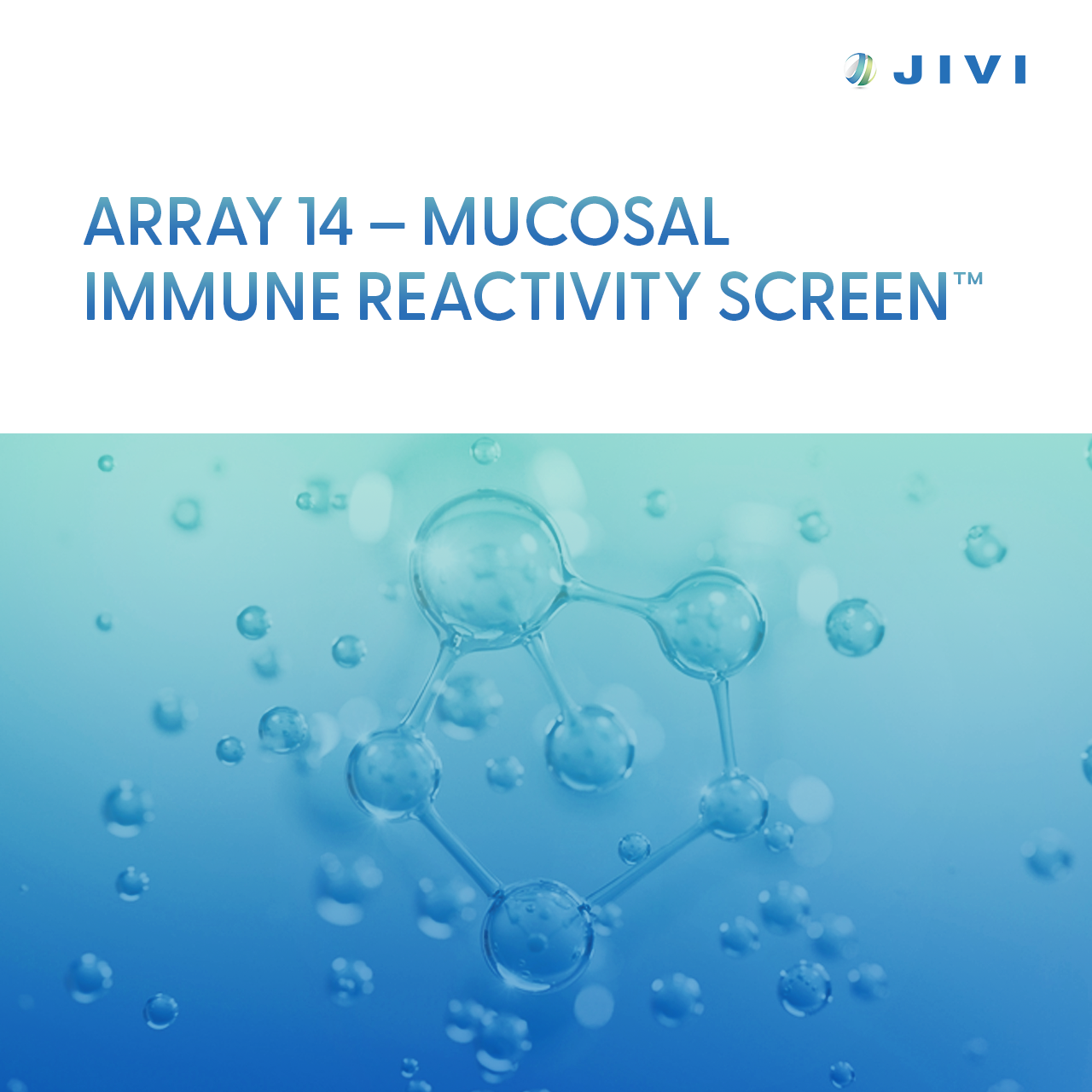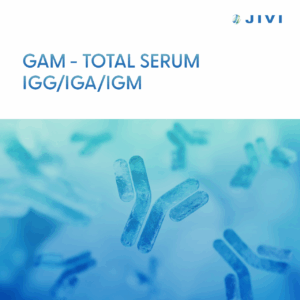Description
Array 14 – Mucosal Immune Reactivity Screen™
Cyrex Labs Array 14 is a specialised test that measures immune reactivity in mucosal secretions (likely saliva, maybe tears or other mucosal fluids)
What does this test measure?
The Array 14 test specifically looks at secretory IgA (and IgM) antibodies to a variety of antigens that one might encounter at mucosal barriers (gut, lung, etc.). These antigens include:
- Common dietary proteins (gliadin from gluten, casein from dairy, soy, corn)
- Possibly heavy metal-haptens (metals bound to proteins, indicating if
mucosal immunity is reacting to toxic metals) - Microbial antigens (certain pathogens or microbiota components)
The goal is to assess whether the immune system in the gut or other mucosal
areas is overactive, producing antibodies against substances that should be
harmless, such as food, or indicating exposure to toxins or pathogens. For
example, a high level of IgA against gliadin may suggest an ongoing immune
response triggered by gluten, even if blood tests are negative or prior to a
full diagnosis of celiac disease. Elevated IgA levels targeting specific
bacteria could signify an infection or dysbiosis. Similarly, high levels of
IgA against metals may indicate that those metals are present and provoking an
immune reaction in the gut lining.
Who is this test most suitable for?
- Individuals with high exposure to heavy metals or environmental toxins
(looking for immune response to them) - Those on gluten/dairy who suspect sensitivity but test negative on IgG/IgE –
mucosal IgA might show it - People with stress or infections that could weaken mucosal barriers
Clinical Use
Clinically, this information can be utilised for patients with autoimmune
conditions or systemic inflammation to determine if a breakdown in mucosal
tolerance could be a root cause, which relates to the “leaky gut leading to
autoimmunity” theory. This approach is also relevant for individuals who may
not show systemic IgG or IgE responses to foods but exhibit localised IgA
responses that lead to symptoms. Ultimately, the results can help guide the
elimination of specific foods or prompt further investigation into pathogens
or the need for heavy metal detoxification.






